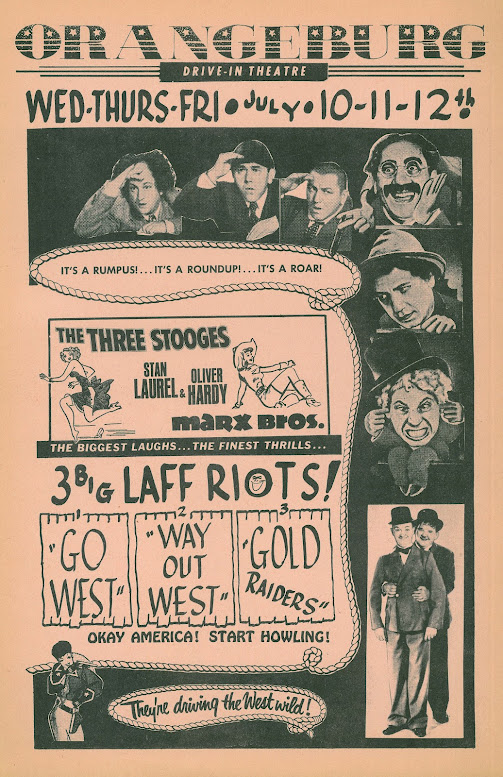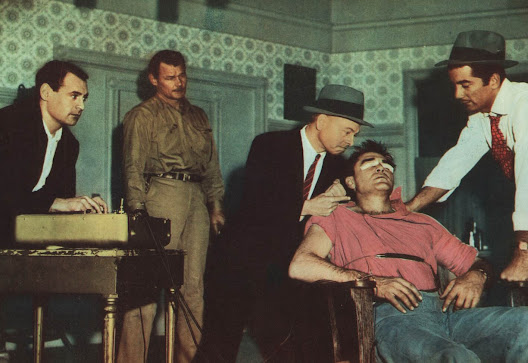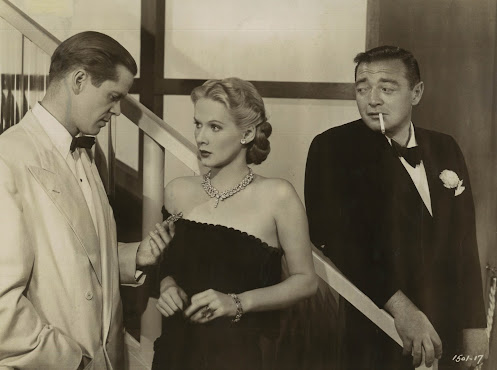Comedy Is Catching
They Laughed 180 Years Ago --- Why Not Now?
Plenty can testify re comedy impact on audiences, us all having experienced it in theatres, but what of days long before screens were hung, and film unspooled? Minstrel times specifically, that which Mark Twain looked at live during the 1840’s when but a boy. He learned then about laughs and what earned them, wrote years later when occasion came to escort his mother and an elderly aunt to their first ever such show, at a time when minstrelsy itself was fading from landscapes. For young Samuel Clemens, the “Negro musical show” of early incarnation was “a glad and stunning surprise,” jokes the funnier as he was hearing them for a first time. Clemens recalled a house convulsed when “Mr. Bones” told of a sea crossing with all provisions lost, passengers subsisting on eggs. “You lived on eggs! Where did you get eggs?” asks the interlocuter. “Every day, when the storm was so bad, the captain laid to.” For years the gag worked, until finally it did not, “the population of the United States had heard it so many times that they respected it no longer and always received it in a deep and reproachful and indignant silence, along with others of its caliber which had achieved disfavor by long service.” What Sam learned about audiences, ones separated by twenty years but hearing same routines, made him realize what comedy can do for and to crowds.
Sam's minstrel encore came during the Civil War, his mother in attendance with him and Aunt Betsey, “a dear and lovely lady of her own age (60),” both “fond of excitement” and novelties. They were in St. Louis, and the Christy Minstrel troupe (“one of the most celebrated … and one of the best”) was playing to an audience of sixteen hundred. Both women were astonished by the costumes and extravagance. Inevitably, the joke about eggs came round. “Everybody in the house except my novices had heard it a hundred times, a frozen and solemn silence settled down upon the sixteen hundred, and poor “Bones” sat there in that depressing atmosphere and went through with his joke,” only this time when the captain “laid to,” there came “heart-whole cackles and convulsions of laughter (from Sam’s mother and Aunt Betsey) that so astonished and delighted that great audience that it rose in a solid body to look, and see who it might be that had not heard that joke before. The laughter of my novices went on and on until their hilarity became contagious, and the whole sixteen hundred joined in and shook the place with the thunders of their joy.” Here was how two members from a mass could turn tides and convert an ordinary evening into an event, “all the jokes as new to them as they were as old to the rest of the house.” Mark Twain might well have spoken for happenings to occur in theatres over the century and a half since: “The audience left the place sore and weary with laughter and full of gratitude to the innocent pair that had furnished to their jaded souls that rare and precious pleasure.”
Could a single person, or pair viewing, accomplish as much today? There is cause to think that moderns are more resistant to humor. Do we age out of capacity to laugh together? I attended a 1977 concert by stand-up comedian Steve Martin at Wake Forest University, him at a peak of new-minted popularity. Here was a college mob, several thousand at least, there to see Steve with his banjo cavort as on Saturday Night Live and other televised places. It couldn’t miss … except it did because gags were all too familiar to nearly everyone in the auditorium. Steve felt flooring sink beneath his feet, stepped finally toward us to plaintively inquire --- you’ve all got HBO, haven’t you? A chorus of yes and scattered applause, but Steve was stuck with what he had prepared, and so doggedly saw through material dog-eared by repeat views of a cable special that now made his live appearance superfluous. Martin’s plight was not unlike comics who in the late twenties agreed to do Vitaphone shorts, these sent to wired theatres throughout the country, a host of towns large and small where the performer could never use those gags again. If vaudeville was dying, here was rushing ahead with burial.
A routine appealing enough might loop a hundred times on our You Tube, three-to-six-minute detail of which is committed forever to memory. Such is province of home sitters alone and thus less weird for looking at a thing over and over, but I recall a time when whole audiences did same rituals, going back weekend after weekend, again in 1977, to worship Smokey and the Bandit. Others of us loitered about the College Park Cinema, so were privy to the odd repeaters. All were past laughing, transfixed instead by cars crashing and liturgy as observed by a cast now cousins to those who devotedly came to re-watch. It always needed audience of sufficient size to bestir glee. I went to a matinee of Young Frankenstein in 1974 and there were maybe fifteen people present. None to my knowledge as much as smiled. A month later I sat in at the College Park and they roared. It took a village, you see. That Chaplin weekend I attended at Durham in 2010 drew but thirty-nine of us to The Circus, but it clicked well as anything to such a small group could, and as told before, I was gratified by applause that came with the finish. What might Chaplin have done with a same house at capacity?
Back to the Civil War and its minstrel night. Was it the two women’s laughter that gave the audience license to respond as heartily? Had they wanted to laugh but did not for fear of looking and sounding like rubes? Mark Twain and his “novices” brought gust of fresh wind into what had become a staid setting. It’s like the time I saw Sabrina at a NY revival house in 1983 and the crowd responded gaily throughout. What a surprise, and what renewal for a favorite still a favorite but taken too long for granted (by me) with no snickers left in it. As movies carry on, humor often timeworn, we more and more need a mainstream’s consent to enjoy it unabashedly. Distancing of age made allowance for “quaint” and enabled a modern minstrel like Buster Keaton to come on Ed Wynn’s TV program in 1949 to reprise The Butcher Boy from dawn of man that was 1917. Old routines served later to a 60's era of irony would rot into camp, Buster again their ambassador in likes of Pajama Party, doing routines he knew were surefire, and yes, they were fresh to many of teens watching. A gag old enough could be brazenly repeated where being old was the joke in itself. I’m thinking of climbs up poles to a sign reading Wet Paint by Laurel and Hardy, first in 1928 (Habeas Corpus), again in 1945 for The Big Noise, then four short years later comes Cary Grant to do the same in I Was a Male War Bride. What did they take us for --- novices?
Robert Youngson compilations was what made it alright to linger upon spent comedy and realize there was much to admire in humor from so long ago. Children and a lot of adults attending The Golden Age of Comedy in 1957 were unknowing successors to Mrs. Clemens and Aunt Betsey. They’d not seen such wonders before. Ones old enough to recall mirth as dealt during the teens and twenties, obviously they were plentiful, could holler This stuff is stale! --- but who believed them amidst fresh-found joy? Novices filled matinee slots where old comedies played not as classic or cult, just content that despite being black-and-white, might still please youth years back of first family color TV. Late as 1963, the Orangeburg, SC Drive-In unspooled Way Out West (L&H), Go West (Marx Bros.), and Gold Raiders (Stooges), all from 30/40’s. What was old became “cornball,” funny again if it was to begin with, being things we could laugh at on multiple levels, ironic, or naïve for ones like Mrs. Clemens or Aunt Betsey who never saw Francis in the Haunted House before. Corny shows, generally three or four features at a sit, were passed-around policy among brother NC/SC exhibitors who knew stix pix fit fewer spots in a growingly sophisticated market waiting on The Graduate or Bonnie and Clyde, but at least for a first half of the sixties, a showman could harvest kernels and flatter crowds by letting all in on the joke “cornball” comedy had become. They should have been around to host the Christy Minstrels, but hold, there came the New Christy Minstrels, founded in 1961, to assert how brief even a century can be for “jaded souls” to gather anew and find fun in most unlikely places.











































